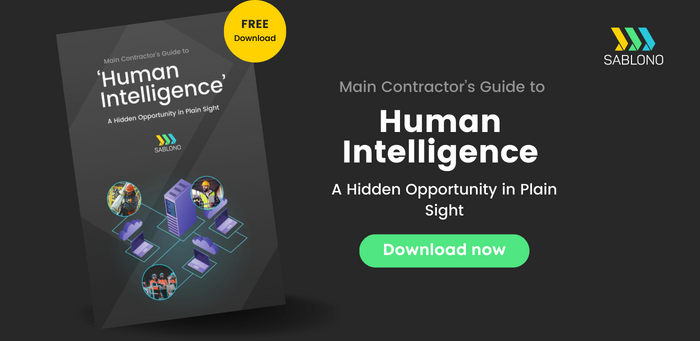If you just read or hear their names, “Building Information Modeling (BIM)” and “Digital Twin Technology” sound very much alike. Even if you take the time to browse through Wikipedia both seem similar at first glance:
Building information modeling (BIM) is a process involving the generation and management of digital representations of physical and functional characteristics of places.
Digital twin refers to a digital replica of physical assets, processes and systems that can be used for various purposes.
Therefore, it does not come as a surprise that the Fraunhofer Institute claims that “Building Information Modeling (BIM) with a consistent and structured data management is the key to generate such a digital [twin] building whose dynamic performance can be studied by building simulation tools for a variety of different boundary conditions”.
I agree that a comprehensive BIM, which integrates data from all project partners, is one example of the application of Digital Twin Technology in the AEC industry. But, BIM is neither “the key to generating” a Digital Twin nor the best way to exploit Digital Twin Technology.
A Digital Twin is the exact representation of, for example, a building as digital data. I understand that the easiest way to picture such a representation (especially for the average people outside the software industry) is a 3D model. But, and bear with me for just a second here, it is not the only one: Imagine a database which knows everything that happened during the construction phase of a building, like:
- A timeline of every status change reported for all activities executed to deliver the project.
- Who reported them.
- Issues and Obstructions that needed to be faced during the construction process.
- When those have been resolved and by whom.
Wouldn’t you agree that such a database should also be considered a Digital Twin? Sure, since it really is the exact representation of the building's construction phase after all.
The database described above is Sablono, our Lean Construction Management Platform. Just like every other Digital Twin application, Sablono also depends on being maintained properly: Once the real-world changes, the digital representation needs to be updated accordingly.
While other applications of Digital Twin Technology use automated sensor technology to do so, the AEC industry has to rely on humans to put the required information into the system. But keeping up with everything that happens on-site can easily become a time-consuming machine. Therefore, it was one of our main focuses to make those updates as easy as possible.
Obviously, Digital Twin Technology would not be as hyped if it would be limited to representing something real in the digital world. Wikipedia describes Digital Twin as a tool that “can be used for various purposes”.
While this sounds exceptionally generic, it is really the most important part: Digital Twin data should be used to generate valuable insights. Sablono, for example, does that by constantly comparing the planned schedule and the actual progress reported in a multitude of visualisations, charts and summary views. These automated evaluations help project managers to quickly understand the state of their site and, if necessary, initiate (counter) measures.
Before I leave you to envision the future of an AEC industry utilising Digital Twin Technology, I would like to finish this article with a quote from Forbes Magazine:
Digital twins are powerful masterminds to drive innovation and performance. Imagine it as your most talented product technicians with the most advanced monitoring, analytical, and predictive capabilities at their fingertips.
Join our mission to create a more productive industry where information is accessible whenever you need it!



